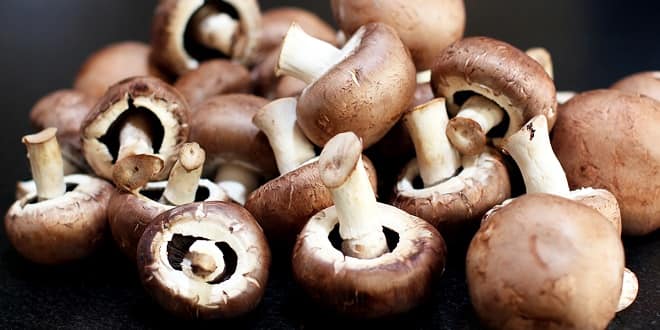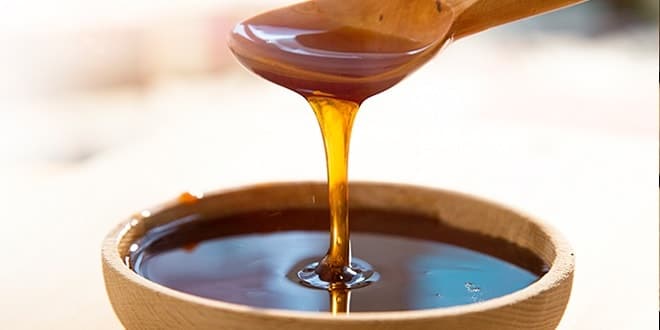Food Chemistry, Nutrition and Traditional Foods
Module 8: Food Chemistry, Nutrition, and Traditional Foods
Molecules of Food: Carbohydrates
6-C rings, 5-C rings
Mono-saccharides (sugar, fructose) Dissacharides (lactose, sucrose) Polysaccharides (starch, fibre, glycogen)
Carbohydrates are assimilated in the body as “mono-saccharides” following digestion
Glucose: Body’s Primary Fuels
Molecules of Food: Lipids and Fats
Fats: Large biological molecules, diverse compositions, insoluble in water (i.e. non-polar in nature)
Types:
Fatty acids (assimilable form)
Triglycerides (in blood)
Phospholipids (cell membranes)
Sterols (e.g. cholesterol)
Roles:
Source of energy (during sustained activity)
Structure of cell membrane
Free Fatty Acids (one chain)
Saturated
Unsaturated (e.g. Omega-3, Omega-6)
Fatty Acids
Long-chain fatty acids (12+ carbons) are abundant in meats and fish
Short-chain fatty acids (12 carbons or less) are abundant in dairy products
Cold-water fish are rich in essential omega fatty acids
Unsaturated fatty acids, when cooked, change conformation to a “trans” shape (which tend to accumulate in blood vessels)
Unsaturated fats are more prone to react with oxygen, causing rancidity (common in stored fish)
Triglycerides
Phospholipids
Phospholipids are “modified” triglycerides where one fatty acid chain is replaced by a phosphate group
Soluble in water
Important in cell membrane
Phospholipids
Sterols
Multiple rings of carbon
Best-known sterols: cholesterol (the building block for all other sterols)
Bile acids, some hormones, Vitamin C
Sterols
Absorption of Lipids
Fat breakdown occurs in intestines
Smaller units: fatty acids, glycerol, and sterols
Cholesterol and triglycerides are non-polar, hence need “lipoproteins” to carry them in the bloodstream
Molecules of Food: Proteins
Chains of Amino Acids
Diverse roles: enzymes, hormones, regulators, molecular transports, antibodies, building tissue like muscles, and energy
Made up of C, H, O, N, other ions
Amino Acids
Four components around a central carbon (C)
One hydrogen
An amino group (-NH2)
An acid (-COOH)
A functional group
Amino Acids
Molecules of Food: Vitamins
Essential organic compounds to ensure proper metabolism
Little caloric value
Water-soluble vitamins (enter directly into bloodstream)
Fat-soluble vitamins (must be transported by carrier proteins)
Several diseases are associated with vitamin deficiencies
Caloric Contents of Food Molecules
Subsistence Food Provisioning
Nutrition for indigenous people in the Arctic is changing rapidly; from 100% to <50% “country food”.
Presence of larger communities, presence of “Co-op” or “Bay” stores, and an increasing cash economy contribute to changes in feeding habits.
Lastly, hunting activities are costly when modern technologies are used à the “pay off” of traditional food provisioning is decreasing.
Concepts
Subsistence activities: The hunting, fishing, and gathering of local foods for consumption, sharing, and trade or barter.
e.g. caribou, whales, seals, marine birds, waterfowls, eggs, fruits (largely a carnivore diet)
Note: Commercial trapping or fishing is generally not viewed as traditional food gathering; although they could be traditional activities.
Example of Subsistence Food Economy
Inupiat households in Barrow, Alaska
Production vs. Sharing
Food provisioning is crucial, but sharing is an intricate part of subsistence
Sharing touches upon all members of a community, and represents a way of establishing and maintaining ties to family and within the community at large (e.g. support of elders, non-hunting members)
Sharing is viewed as part of the “culture” of indigenous society
Quality Food: Arctic Char
Quality Food: Beluga
Quality Food: Caribou
Quality Food: Muskox
Quality Food: Polar Bear
Quality Food: Ring Seal
What is special about a subsistence diet in the North?
…




